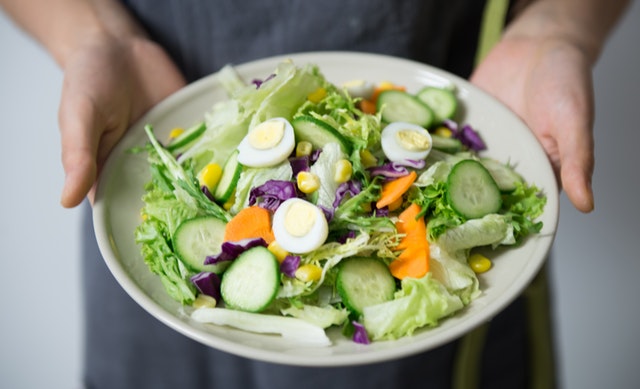
Most the people dread aging because of its association to deterioration and decline it has on the physical and mental state of the body. But there’s beauty in it most of the time. Especially when you see your years coming about serving the purpose, it’s meant to do.
It’s undeniable that aging sets you to some limits in terms of being as mobile as before.
Your five senses may start to pose challenges and may require you to wear glasses or give up driving. In time, you might be needing a cane to walk and some extra healthcare equipment around the house to assist you in doing some daily activities.
Homes for the aged are packed with activities to look forward to; let’s cite some of them here:
SOCIAL ACTIVITIES
One of the essential things you need to keep the elders active is their ability to relate to reality. Yes, they are aging, but they need to feel they are not the only ones becoming so. If they get hold of a community that goes through the same changes, adjustments, and limitations, they won’t feel lonely.
Moreover, these social activities are presented in different ways. There are usually scheduled in aged care facilities. Each is made and done correctly to make it as lively and stimulating as it could be.
Examples: Social Dancing Sessions, Scrabble Time, Visitations by Family, Engaging in Voluntary Services
PHYSICAL ACTIVITIES
Mobility is necessary for older people to keep. This will make them feel as independent as possible. Being mobile takes away the feeling of insecurity, deterioration and physiological decline. It doesn’t have to be a vigorous one. 15-30 minutes a day is ideal enough to fulfil the 2.5 hours per week to be covered on most days. Most homes for the aged do everything to keep it fun for their patients. Conducting group exercises somehow hit two birds with one stone — a good circulation for the body and a good conversation to make a buddy.
Examples: Ballroom dancing, brisk walking, swimming
COGNITIVE STIMULATION
Depending on each elder’s ability to cope, cognitive stimulation is also prioritised in a home for the aged. There are a lot of books that can be borrowed and there are plenty of board games. When the cognitive skills are used continuously, deterioration of neurons is avoided. This prevents them from developing Alzheimer’s Disease, Dementia and helps them rule out loneliness and delusions.
Example: a game of chess, card games, word puzzles
NUTRITION
When the elderly stay in the aged care, their diet is paid attention to just as much as their physical health. Some of them may find it strict in implementing the no-salt, no-sugar policy. But it’s guaranteed that the nutrition they give is what is supposed to be.
The medicine that they have to take is also considered, and their overall consumption is monitored in good faith. The health caregivers consider their sedentary lifestyle, 2.5 hours of exercise per week and their nutrition simultaneously. Usually, this is neglected by caregivers from home that these three elements work together.

Example: green leafy vegetables, soft and low-fat no-salt diet, sugar substitutes should be used instead of the plain white one
SAFETY
Railings and safety handles are provided for at home for the aged. This is to ensure that even though their mobility is greatly encouraged, safety parameters are still there just in case a lapse in confidence happens.
Somehow, the ratio of caregivers vs. patients is very good in nursing homes. Three is to one becomes the ideal. In that sense, neglect of taking care of the elderly becomes 0% risky.
It’s admissible that aging in aged care gives you access to a lot of activities, a nutritional program and several social contacts. While our homes are the source of all this, it’s still not a guarantee that it is the ideal place to age joyfully.
